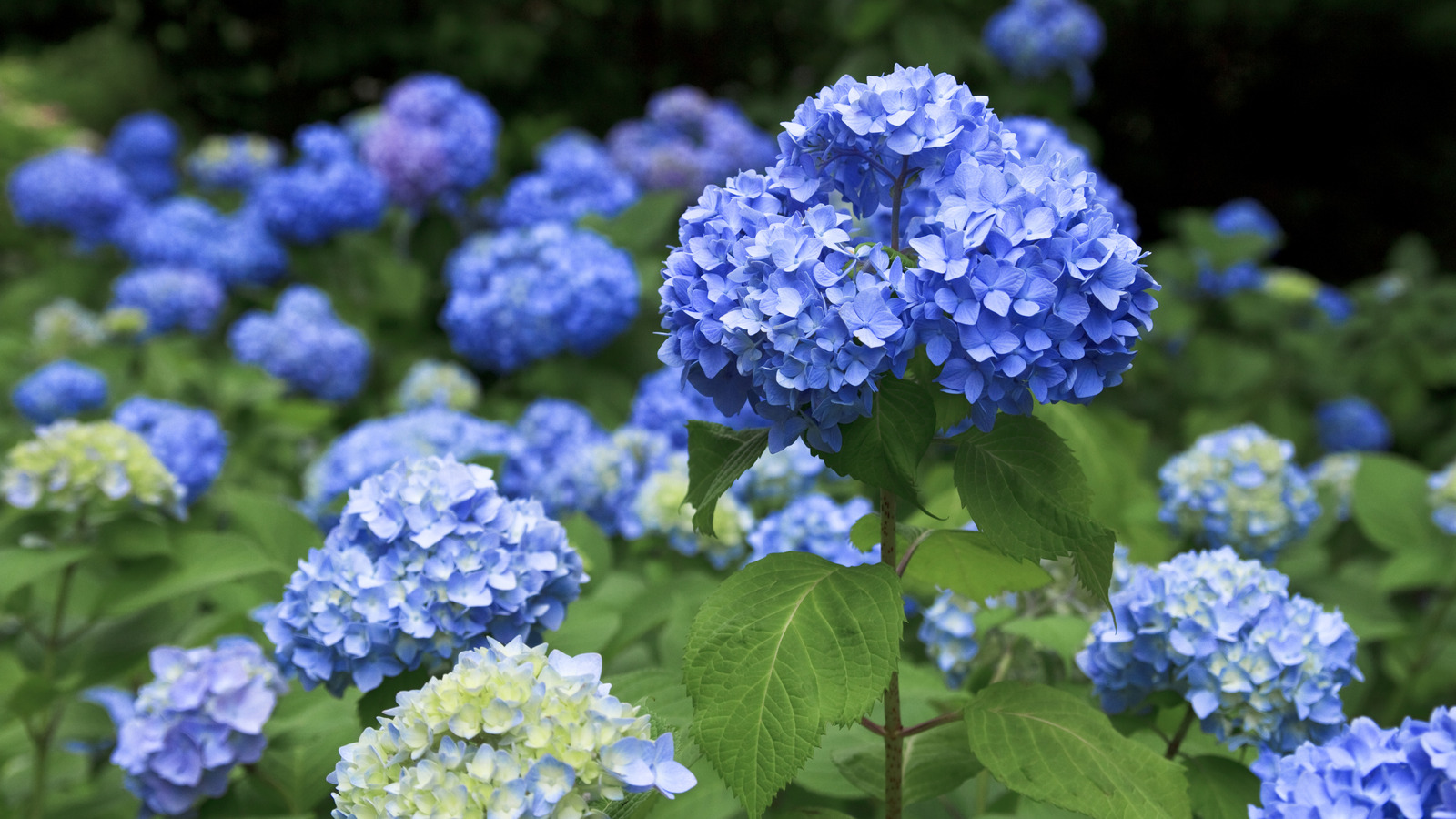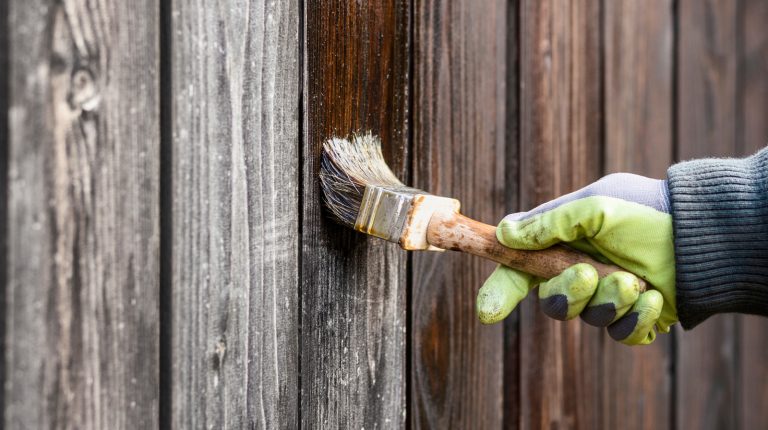
Some plants pairs just shouldn’t grow next to each other. For example, you shouldn’t grow tomato plants next to cauliflower because these species will compete for vital nutrients. Thyme (Thymus vulgaris) and hydrangeas are another poor pairing. The primary reason involves moisture and light preferences. Several types of hydrangeas, especially the popular bigleaf variety (Hydrangea macrophylla), like damp soil and partial to deep shade, whereas thyme craves dry soil and tons of light, ideally 6 or more hours of sun per day. In other words, trying to grow these plants side by side is a headache.
There are other factors that make thyme hard to grow near hydrangeas, too. First of all, thyme does best in neutral to alkaline soil. If you want bigleaf hydrangeas to make blue flowers, you need to give them acidic soil. There are soil additives that can change hydrangea color like magic, but they may damage your thyme if they alter the pH of its environment. Second, thyme can’t handle the same temperature range as many hydrangea varieties. This herb doesn’t thrive outside USDA hardiness zones 5 through 9. Bigleaf hydrangeas are often grown in the hotter weather of zones 10 and 11, while panicle hydrangeas (Hydrangea paniculata) can soldier through the deep freezes of zones 3 and 4.
Edible plants that will thrive near hydrangeas
Thyme isn’t the only herb that will suffer when grown near hydrangeas. Rosemary and lavender share its affinity for dry soil and ample sunlight, so they’re also not a great match for moisture-loving, shade-seeking hydrangeas. If you want to grow edible plants beside your hydrangeas, look for options with similar light, soil, and water preferences. Like other members of the Allium genus, chives (Allium schoenprasum) can help hydrangeas stay healthy. That’s because their onion-esque scent deters deer, aphids, and other creatures known to nibble hydrangeas. They thrive in partial shade or full sun, in wet or dry conditions, and in most soil textures. Plus, they produce pretty purple flowers that pollinators adore. Like most hydrangeas, chives excel in USDA hardiness zones 4 through 8.
‘Walker’s Low’ catmint (Nepeta x faassenii) makes a good next-door neighbor or ground cover under hydrangeas. This perennial is content in partial shade and almost any kind of soil. Similar to chives, catmint performs well in zones 4 through 8. Since it’s a mint-flavored herb, it can be used in place of peppermint in recipes. Or, dry the leaves and use them to brew tea. As an added bonus, ‘Walker’s Low’ doesn’t spread as aggressively as other mints such as catnip (Nepeta cataria), which is considered invasive in Kentucky and West Virginia.






